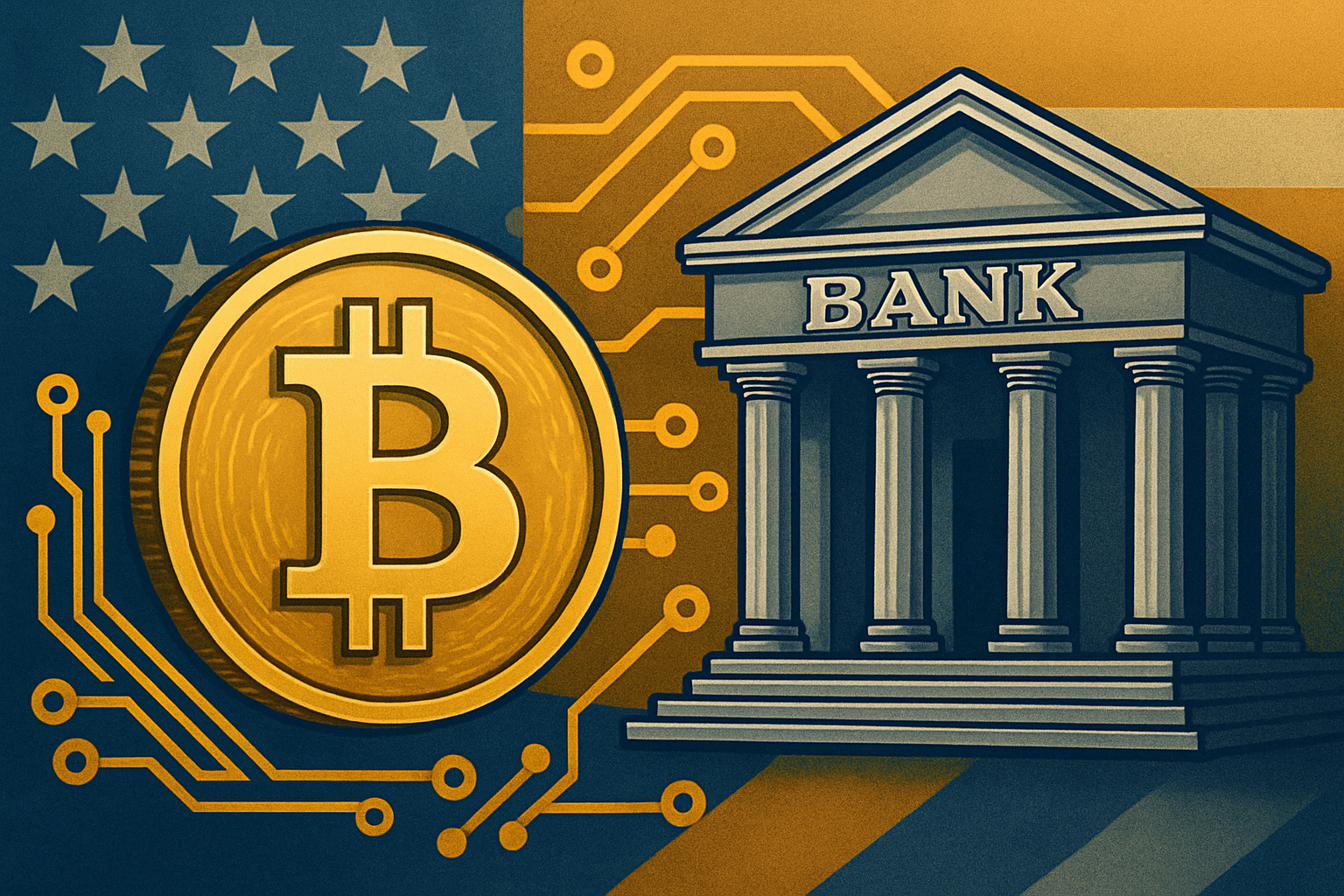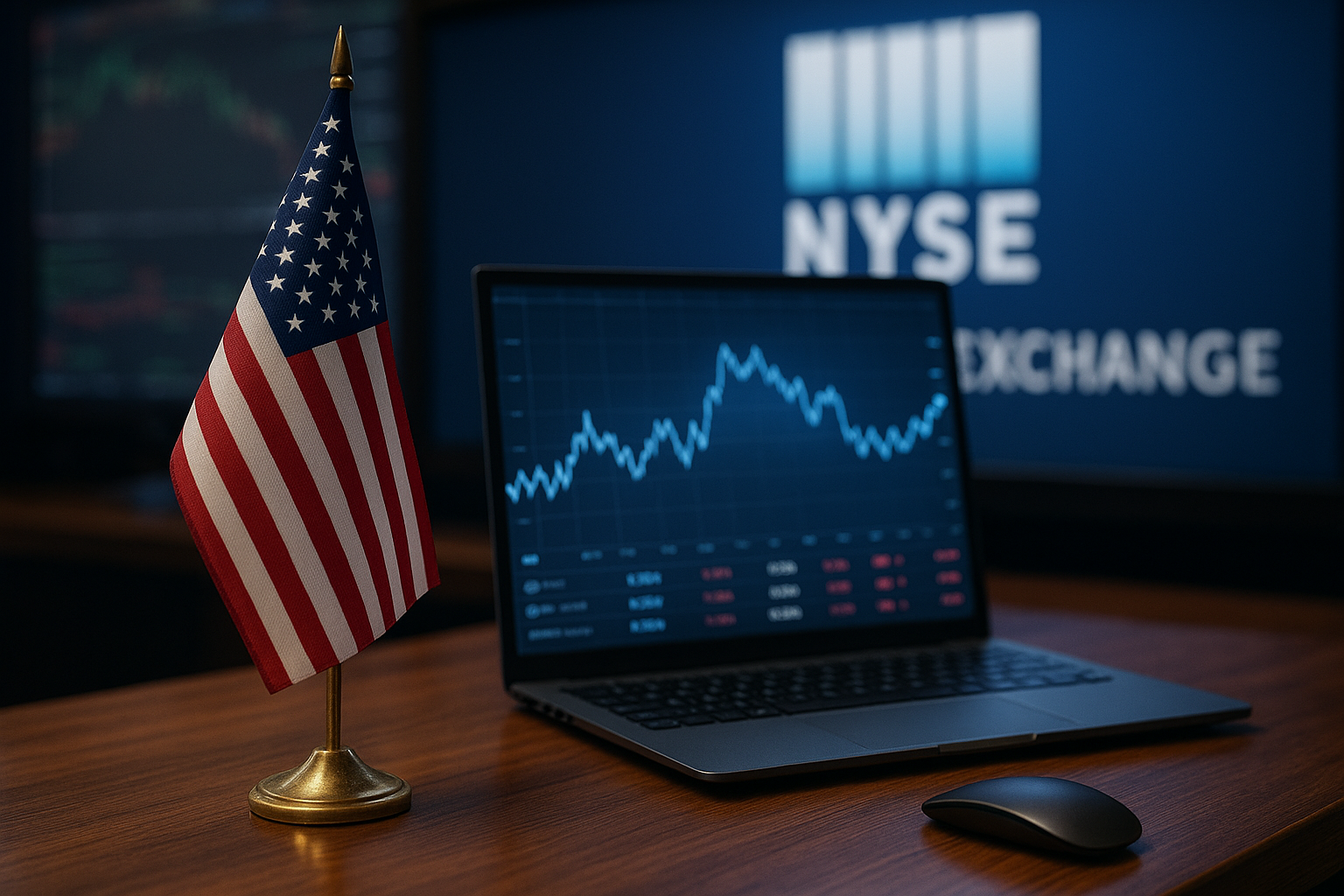Wall Street Meets Web3: U.S. Banks Are Quietly Preparing for a Crypto Future
In a development that could reshape the financial services landscape, major U.S. banks are inching closer to integrating cryptocurrency services—signaling a significant step toward mainstream adoption of digital assets. While cautious in their approach, these financial giants are positioning themselves to capitalize on the next wave of financial innovation, waiting only for a green light from regulators.
This subtle but strategic pivot has investors taking note. The convergence of traditional finance (TradFi) and decentralized finance (DeFi) could unlock new revenue streams for banks, legitimize the digital asset class, and attract waves of institutional capital into the crypto market.
Why This Matters for Investors
The crypto market is no longer the Wild West. Institutional validation is growing, and the financial ecosystem is adapting.
According to a May 28 report from U.S. News & World Report, major banks like JPMorgan Chase, Bank of America, and Citigroup are quietly laying the groundwork for crypto services, including custody, trading, and settlement solutions. However, these plans remain in a holding pattern as institutions await clearer regulatory frameworks from the SEC and the Financial Stability Oversight Council (FSOC).
The shift follows growing demand from high-net-worth clients and corporate treasuries seeking exposure to digital assets without relying on volatile crypto-native platforms. Institutional confidence hinges on infrastructure maturity, risk management, and—most importantly—regulatory clarity.
Regulatory Winds Are Shifting
Regulation is the gatekeeper for institutional adoption.
In 2024, the SEC’s approval of multiple spot Bitcoin ETFs marked a significant milestone, pulling digital assets into more traditional portfolios. Since then, a flurry of bipartisan proposals in Congress—like the “21st Century Financial Framework Act”—aim to formally define the roles of federal agencies in regulating crypto markets.
“We’re seeing a soft pivot from blanket skepticism to cautious participation,” notes Sheila Warren, CEO of the Crypto Council for Innovation. “Banks know the direction this is heading—they’re just waiting for certainty.”
Additionally, the Office of the Comptroller of the Currency (OCC) is reportedly reviewing updated guidance on how nationally chartered banks can safely engage with crypto assets, including stablecoins and tokenized deposits.
Strategic Opportunities for Banks
Banks are not diving into crypto to speculate—they see infrastructure opportunities.
By offering custody services, banks could capture institutional demand that requires regulated custodians. They could also profit from transaction fees, lending collateral in DeFi protocols, and even issuing their own stablecoins or tokenized assets.
JPMorgan’s JPM Coin—a blockchain-based digital token used for interbank settlements—is already in limited use, processing over $1 billion in daily volume. More banks are expected to follow suit, building private blockchain rails to complement their core operations.
Meanwhile, Goldman Sachs is actively exploring tokenized securities, and Fidelity has doubled down on its digital asset division, citing “transformative long-term value” in blockchain-based capital markets.
Future Trends to Watch
- Custody Arms Race: Expect more banks to partner with or acquire crypto custodians (e.g., Anchorage, Fireblocks) as they prepare to serve institutional clients.
- Stablecoin Innovation: The rise of regulated, bank-issued stablecoins may offer safer alternatives to Tether (USDT) and Circle’s USDC.
- Blockchain-Based Settlements: Traditional clearinghouses could be disrupted by faster, cheaper settlement protocols powered by permissioned blockchain tech.
- Tokenization of Real-World Assets (RWA): Everything from real estate to private equity could be fractionalized and traded on-chain—with banks as gatekeepers.
Key Investment Insight
Investors should closely monitor publicly traded banks and financial infrastructure providers with crypto exposure. Companies like JPMorgan, Goldman Sachs, and Fidelity (via FNF) are positioning themselves to benefit from regulatory clarity and rising demand for digital asset services. Additionally, fintech enablers such as Coinbase, Silvergate (if restructured), and Bakkt may stand to benefit from increased B2B activity with large financial institutions.
As traditional financial institutions enter the space, market volatility may decrease while legitimacy and liquidity improve—key prerequisites for long-term capital inflows.
Stay Ahead with MoneyNews.Today
The convergence of banking and blockchain is no longer a hypothetical—it’s happening quietly and quickly. As regulatory clarity emerges, expect more banks to step off the sidelines and into the Web3 arena.
Stay tuned to MoneyNews.Today for daily, investor-focused updates on how institutional shifts are shaping tomorrow’s financial markets. Subscribe for real-time insights and smart analysis designed for forward-looking investors.





